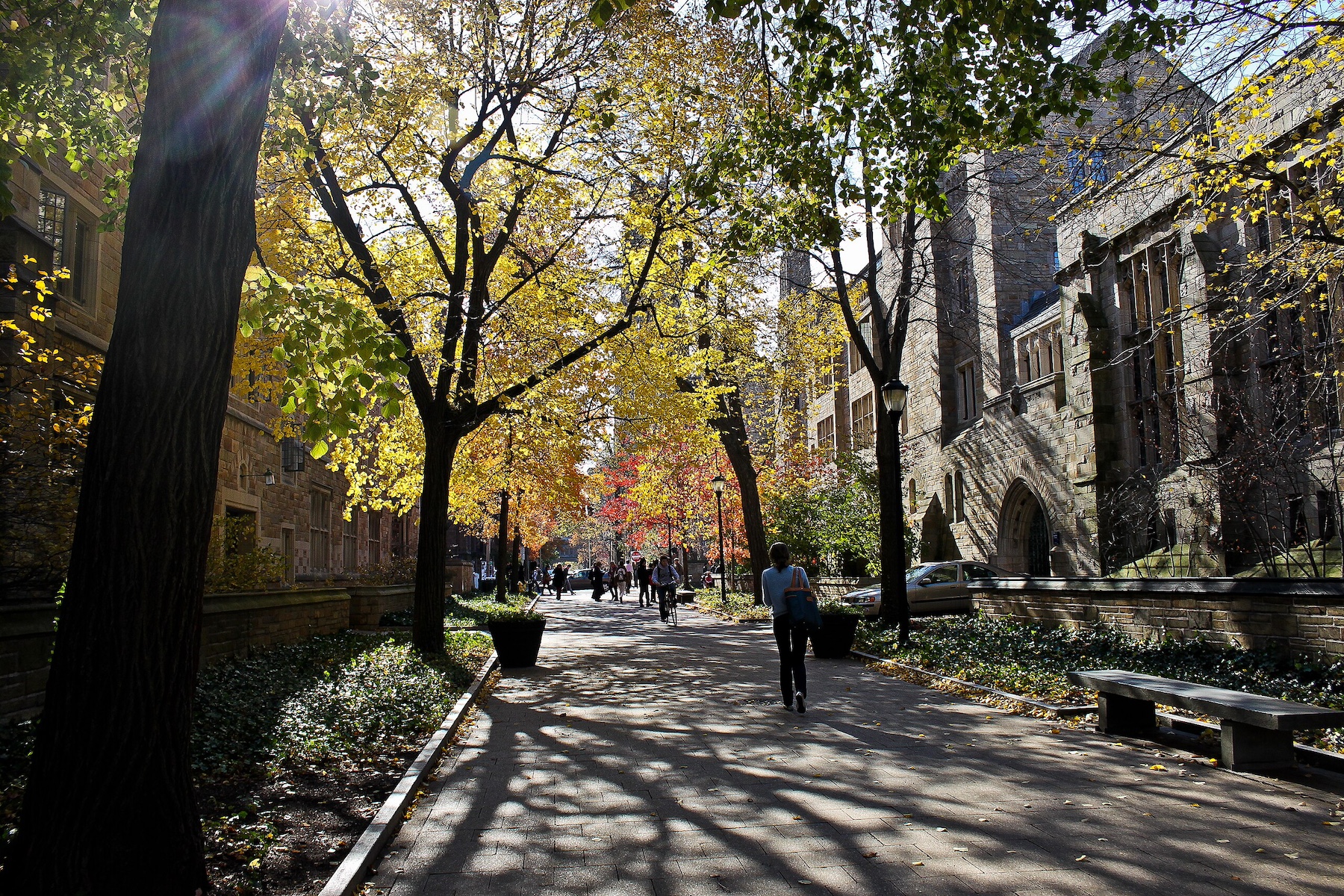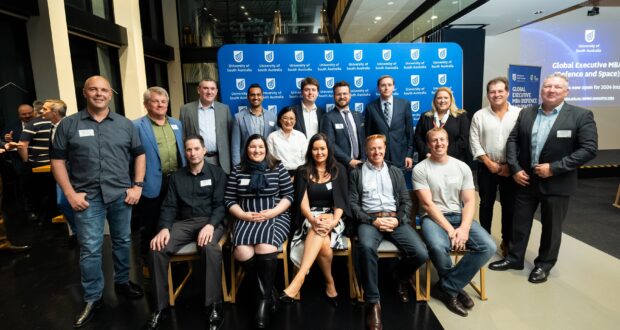Learn more about how endowments support students and research: Contact Congress, read our brief Understanding College and University Endowments, and explore our Tax Resource webpage.
The Trump administration has launched an aggressive and unprecedented attack on higher education—unlike anything we’ve seen before. Billions of dollars in federal support for vital research on diseases like cancer, Alzheimer’s, and HIV disappeared overnight. The law and longstanding due process protections for institutions have been disregarded.
These sweeping actions have harmed every type of institution—and, more importantly, the students and communities they serve. As a consequence, colleges and universities have been forced to freeze hiring, lay off staff, eliminate programs, halt life-saving clinical trials, and pause graduate admissions—all within the administration’s first 100 days.
Some traditional supporters of higher education, as well as frequent critics, suggest that there is an easy way out: colleges and universities should simply use their endowments to plug these sudden financial gaps. This idea has come from across the political spectrum—from Republican Rep. Andy Harris of Maryland and the conservative-leaning American Enterprise Institute to liberal New York Times columnist Ezra Klein and the left-leaning think tank New America.
These calls to “just spend the endowment” tend to resurface during crises, as seen during the 2008 financial crisis and the COVID-19 pandemic. If endowment spending increased then, why can’t the same thing happen now? It sounds simple, but it’s wrong.
First, while institutions have increased endowment spending during major emergencies, the billions of dollars in research funding cuts being proposed now dwarfs anything confronted previously. In 2023, the federal government provided nearly $60 billion on research funding, compared to total endowment spending—financial aid, research, student services, academics, operations, and more—of about $35 billion, according to IPEDS data.
Second, during these recent crises, institutions didn’t have to shoulder the burden alone. They acted in partnership with the federal government and other stakeholders to weather the storm. That shared response made a difference. In 2025, however, the federal government isn’t a partner—it’s the source of the crisis. And unlike past emergencies, there is no clear end in sight, leaving open the potential of a devastatingly long-term drain on endowments.
Third, endowments are not like a single checking or savings account that can be dipped into at will. Instead, they consist of up to thousands of individual accounts, the vast majority of which are legally restricted by donors. These restrictions often designate support for specific purposes like expanding financial aid, supporting the chair of a particular academic discipline, or fueling groundbreaking medical and technological research. Most endowment spending boosts access for low-income students and academics. The 2024 NACUBO-Commonfund Study of Endowments found that almost about two thirds of endowment spending goes directly to financial aid and academics, and institutions with large endowments are the most likely to provide need-blind admissions, meet students’ full financial need, and offer no-loan financial aid packages. These funds cannot legally be redirected to make up for canceled government funding—or bail out reckless federal policy decisions.
Even the wealthiest institutions don’t have enough unrestricted funds to routinely absorb massive, sustained cuts without irreparably draining their endowments. Endowments are managed like marathon runners: they expend energy strategically, knowing they can’t sprint the whole race. There are times to surge—such as during the pandemic—but that pace can’t last. Try to sprint the whole race, and the endowment, like a runner, collapses. Reckless financial decisions today won’t just hurt current students—they’ll shortchange the next generation as well.
For this reason, endowment spending is closely monitored, regularly audited, and guided by strict policies designed to ensure long-term sustainability. Colleges and universities spend what is both prudent and legally permitted each year while preserving benefits for future students. According to the 2024 NACUBO report, institutions’ average effective spending rate was nearly 5 percent. That figure isn’t arbitrary. It’s shaped by state laws, donor intent, and sound financial stewardship. Some states actually impose legal restrictions on the percentage of endowment spending each year. For example, in Ohio, spending more than 5 percent in a given year could expose an institution to legal liability.
Misconceptions about endowments aren’t just misleading—they threaten the very people and programs that they were created to support: scholarships, research, academic excellence, and the futures of countless students and faculty. And they divert attention from the real issue: an unprecedented assault on American higher education.
If you have any questions or comments about this blog post, please contact us.








